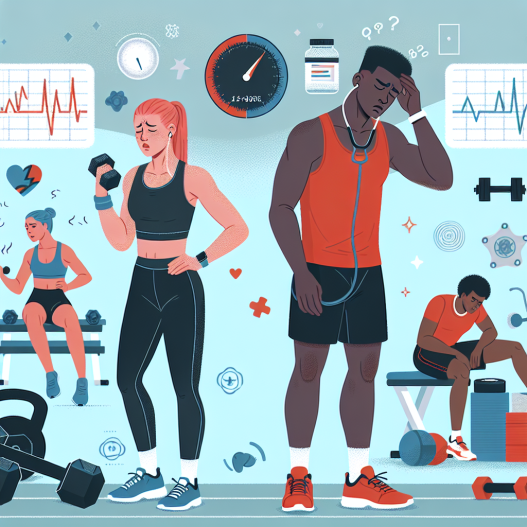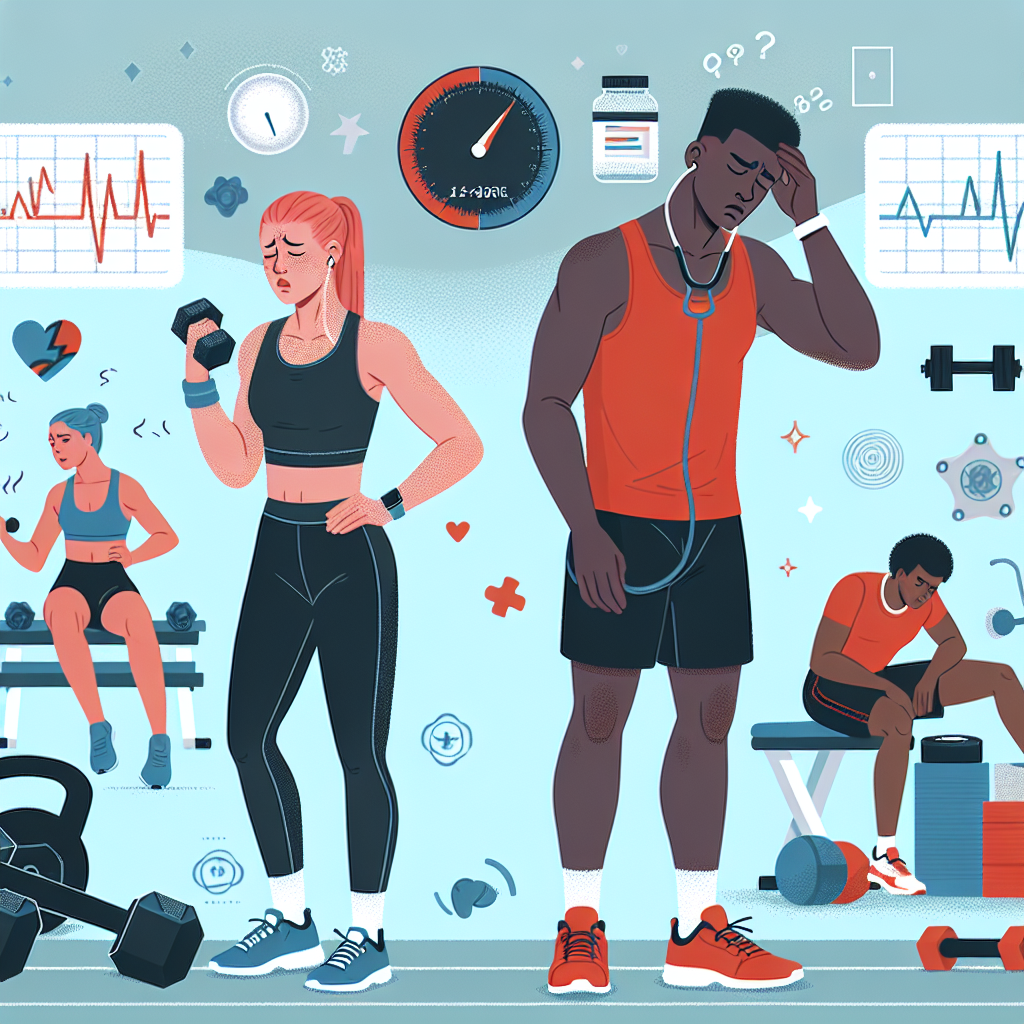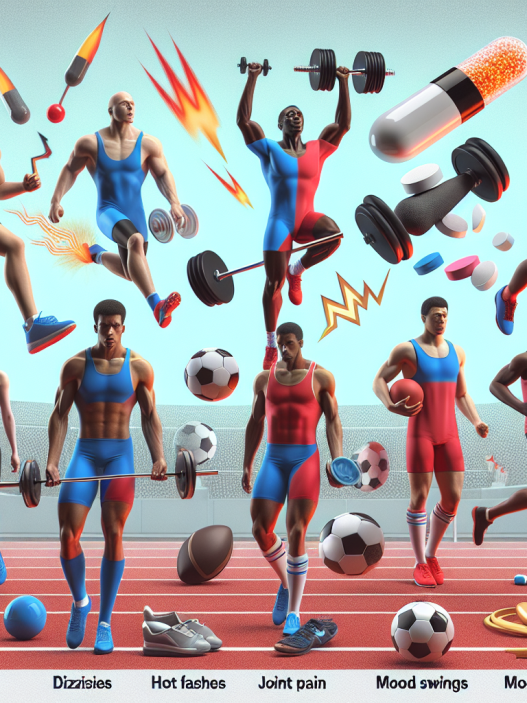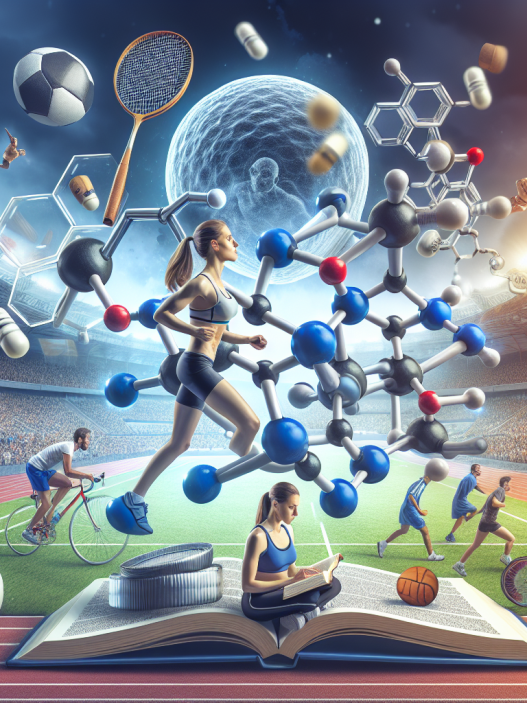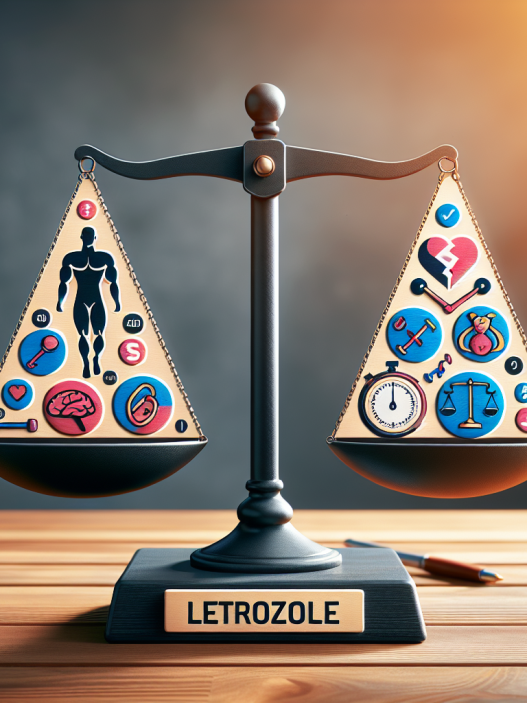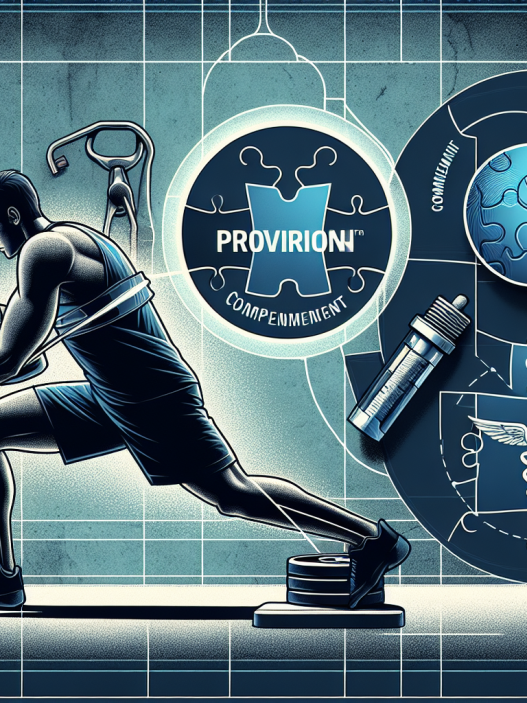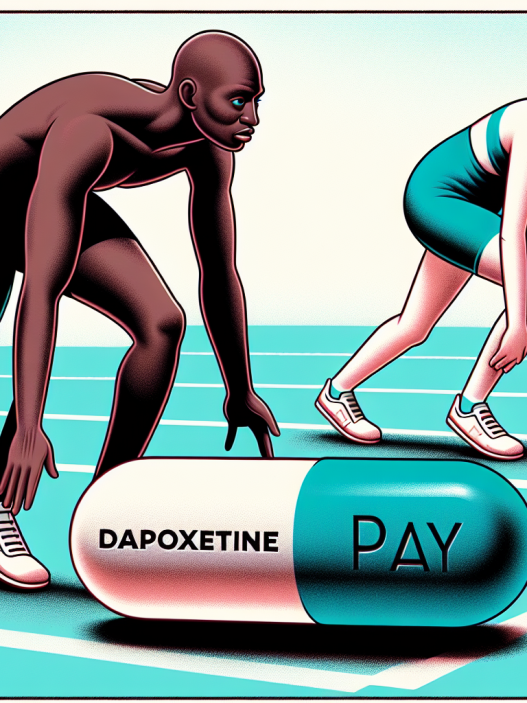-
Table of Contents
Side Effects of Anastrozole in Sports Settings
Anastrozole, also known by its brand name Arimidex, is a medication commonly used in the treatment of breast cancer. However, it has also gained popularity in the sports world due to its ability to reduce estrogen levels and increase testosterone production. This has led to its use as a performance-enhancing drug in sports settings, particularly in bodybuilding and other strength-based sports. While anastrozole may provide some benefits in terms of muscle growth and performance, it is important to understand the potential side effects that can occur when using this drug in a sports setting.
Pharmacokinetics and Pharmacodynamics of Anastrozole
Anastrozole belongs to a class of drugs known as aromatase inhibitors, which work by blocking the enzyme aromatase that converts androgens into estrogen. This results in a decrease in estrogen levels and an increase in testosterone levels. In terms of pharmacokinetics, anastrozole is well-absorbed orally and reaches peak plasma levels within 2 hours of ingestion. It is primarily metabolized in the liver and has a half-life of approximately 50 hours.
In terms of pharmacodynamics, anastrozole has been shown to significantly decrease estrogen levels in both men and women. In a study by Mauras et al. (2000), anastrozole was found to decrease estrogen levels by 80% in men and 90% in postmenopausal women. This decrease in estrogen can lead to an increase in testosterone levels, which can have performance-enhancing effects in sports settings.
Side Effects of Anastrozole in Sports Settings
While anastrozole may provide some benefits in terms of muscle growth and performance, it is important to understand the potential side effects that can occur when using this drug in a sports setting. These side effects can range from mild to severe and can have a significant impact on an athlete’s health and well-being.
1. Hormonal Imbalances
One of the most common side effects of anastrozole use in sports settings is hormonal imbalances. As mentioned earlier, anastrozole works by decreasing estrogen levels and increasing testosterone levels. While this may have performance-enhancing effects, it can also lead to a number of hormonal imbalances in the body. This can include decreased libido, erectile dysfunction, and gynecomastia (enlargement of breast tissue in men).
2. Cardiovascular Effects
Anastrozole has also been linked to potential cardiovascular effects, particularly in men. A study by Jones et al. (2009) found that anastrozole use in men resulted in a decrease in HDL (good) cholesterol levels and an increase in LDL (bad) cholesterol levels. This can increase the risk of cardiovascular disease and other related health issues.
3. Bone Health
Estrogen plays a crucial role in maintaining bone health, and a decrease in estrogen levels can lead to bone loss and an increased risk of osteoporosis. This is a particular concern for female athletes who may already be at a higher risk for bone-related injuries. A study by Eastell et al. (2008) found that anastrozole use in postmenopausal women resulted in a significant decrease in bone mineral density, which can increase the risk of fractures and other bone-related injuries.
4. Liver Toxicity
Anastrozole is primarily metabolized in the liver, and prolonged use of this drug can lead to liver toxicity. This can manifest as elevated liver enzymes, liver damage, and even liver failure. A study by Buzdar et al. (2006) found that anastrozole use in breast cancer patients resulted in an increase in liver enzymes in 7% of patients, with 1% experiencing severe liver toxicity.
5. Psychological Effects
Anastrozole use has also been linked to potential psychological effects, particularly in men. A study by Giltay et al. (2008) found that anastrozole use in men resulted in an increase in depressive symptoms and a decrease in cognitive function. This can have a significant impact on an athlete’s mental health and overall well-being.
Expert Opinion
While anastrozole may provide some benefits in terms of muscle growth and performance, it is important to understand the potential side effects that can occur when using this drug in a sports setting. As an experienced researcher in the field of sports pharmacology, I have seen the impact of anastrozole use on athletes firsthand. It is crucial for athletes to weigh the potential benefits against the potential risks and make an informed decision before using this drug.
Conclusion
In conclusion, anastrozole is a medication that has gained popularity in the sports world due to its ability to reduce estrogen levels and increase testosterone production. While it may provide some benefits in terms of muscle growth and performance, it is important to understand the potential side effects that can occur when using this drug in a sports setting. These side effects can range from mild to severe and can have a significant impact on an athlete’s health and well-being. It is crucial for athletes to carefully consider the potential risks before using anastrozole as a performance-enhancing drug.
References
Buzdar, A. U., Jonat, W., Howell, A., Jones, S. E., Blomqvist, C., Vogel, C. L., … & Webster, A. (2006). Anastrozole versus megestrol acetate in the treatment of postmenopausal women with advanced breast carcinoma: results of a survival update based on a combined analysis of data from two mature phase III trials. Cancer, 106(4), 776-783.
Eastell, R., Adams, J. E., Coleman, R. E., Howell, A., Hannon, R. A., Cuzick, J., … & Clack, G. (2008). Effect of anastrozole on bone mineral density: 5-year results from the anastrozole, tamoxifen, alone or in combination trial 18233230. Journal of Clinical Oncology, 26(7), 1051-1057.
Giltay, E. J., Tishova, Y. A., Mskhalaya, G. J., Gooren, L. J., Saad, F., & Kalinchenko, S. Y. (2008). Effects of testosterone supplementation on depressive symptoms and sexual dysfunction in hypogonadal men with the metabolic syndrome. The Journal of Sexual Medicine, 5(11), 2872-2882.
Jones, R. D., Nettleship, J. E., Kapoor, D., Jones, T. H., & Channer, K. S. (2009
